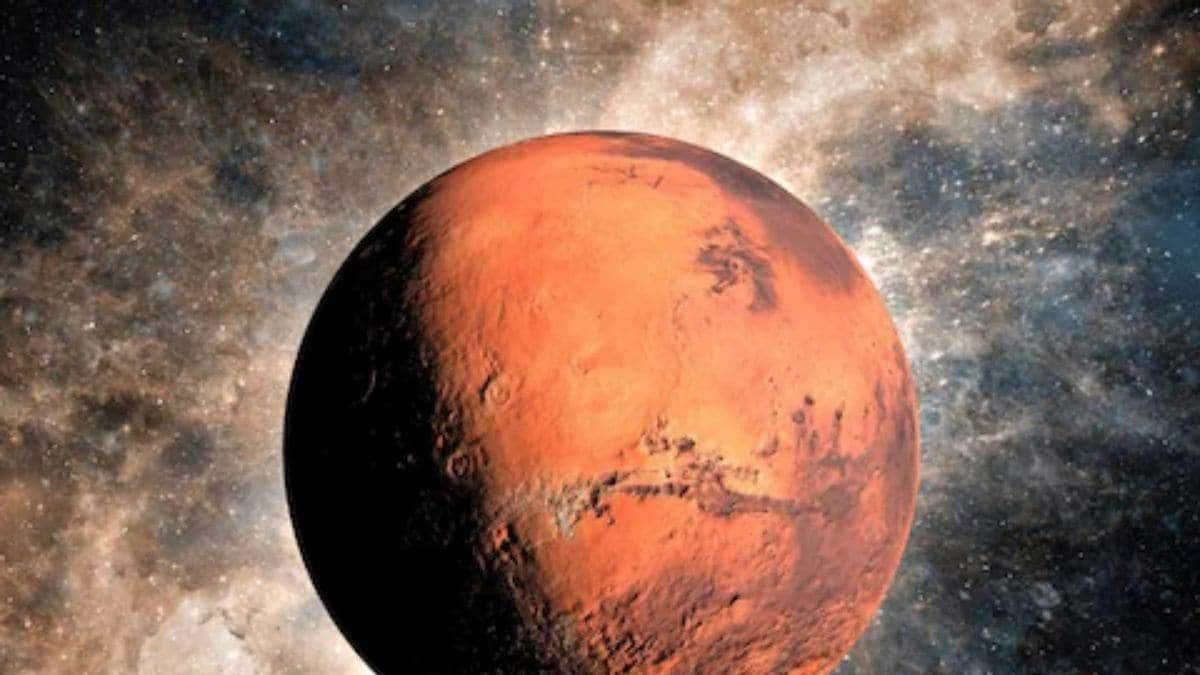Ancient Mars: Carbon Dioxide Ice May Have Kept Rivers Flowing Despite Cold

By Staff Writer, Alayaran.com
New Delhi, November 10, 2024 - A groundbreaking study suggests that carbon dioxide ice played a crucial role in shaping Mars' ancient landscape, despite the planet's frigid conditions. Research scientist Peter Buhler from the Planetary Science Institute has proposed a model that could explain how Mars' largest geological features, including its biggest lake, valleys, and ridges, were formed.
Mars, often compared to Earth due to its similar features like valleys and canyons, has long puzzled scientists about how it could sustain such water-formed landscapes in its harsh, cold environment. Buhler's research, published in the Journal of Geophysical Research: Planets, suggests that around 3.6 billion years ago, carbon dioxide from Mars' atmosphere froze and settled onto a layer of water ice at the planet's south polar region. This CO2 ice acted like a thermal blanket, trapping heat from Mars' interior and increasing pressure on the underlying ice.
"This model describes the origins of major landscape features on Mars in a self-consistent way," Buhler explained. "It's only relying on a process that we see already today, which is just carbon dioxide collapsing from the atmosphere."
The pressure and heat from this CO2 layer led to the melting of about half of Mars' water ice, which then flowed beneath the ice sheet. "The only way left for the water to go is through the interface between the ice sheet and the rock underneath it," Buhler noted, likening the process to rivers emerging from beneath Earth's glaciers.
This meltwater carved out eskers, long gravel ridges left behind by rivers flowing beneath ice sheets. Previous findings of such eskers near Mars' south pole align with Buhler’s model, providing evidence that Mars once had melting ice beneath its surface. This challenges the previous, less satisfying explanations of global warming on Mars, where the factors leading to such warming were unclear.
Buhler's findings open new avenues for understanding not just the geological history of Mars but also its potential for past habitability, suggesting that conditions for flowing water—and possibly life—could have existed even in colder periods of the planet's history.
This research not only reshapes our understanding of Mars' environmental history but also underscores the dynamic interactions between atmosphere, ice, and geology on other planets, offering a new perspective on planetary science.
